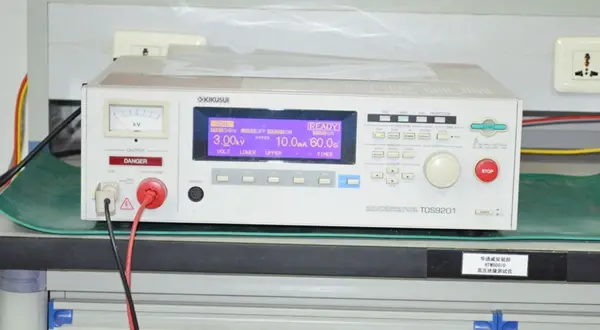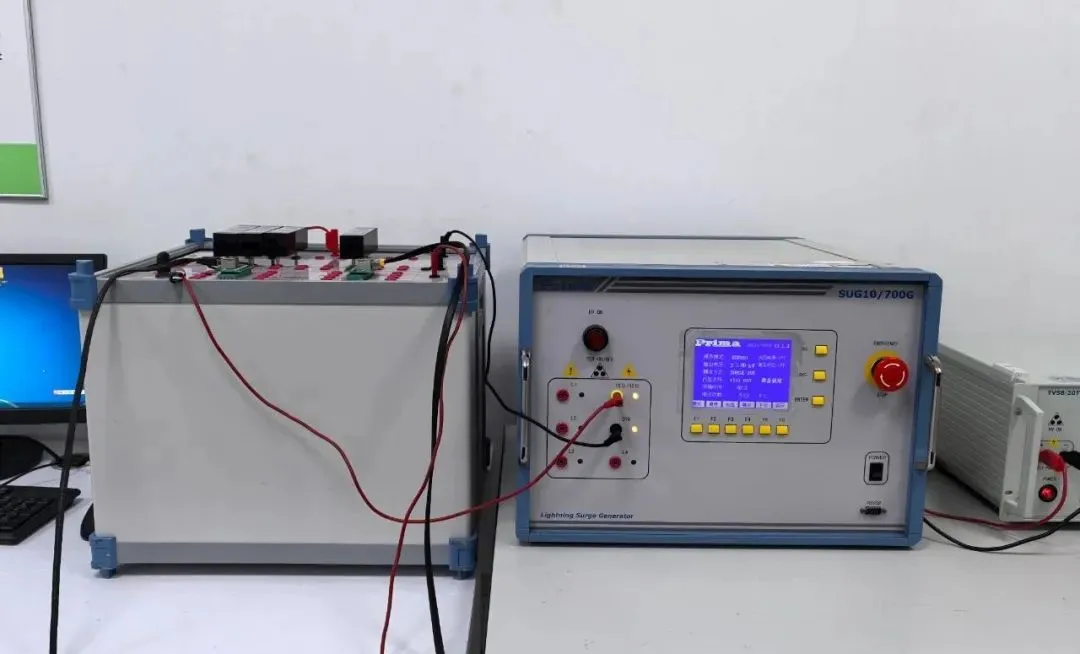
EN 300 328 Bluetooth Test Report
EN 300 328 applies to devices operating in the 2.4 GHz ISM band and using broadband digital transmission, including common products such as wireless local area networks (WLAN) and Bluetooth. A large number of radio devices operate in this band. EN 300 328 provides specifications for such products to ensure that radio devices do not cause interference with each other or harm to human health. It also sets clearer requirements for the minimum performance of wireless receiving parts to improve the utilization rate of wireless spectrum.

Brief Introduction to EN 300 328 Standard
ETSI EN 300 328 v2.1.1, released on November 14, 2016, is the first version of EN 300 328 issued after the update of the RED Directive. Compared with v1.9.1 under the R&TTE Directive, the main change of v2.1.1 is that Receiver Blocking is separated from being a scrambling step in the Adaptivity test process and becomes an independent test item. The receiver performance is evaluated by the change in Packet Error Rate (PER) of the EUT in receiving mode before and after adding the blocking signal, putting forward higher requirements for the performance of wireless RF receivers.
On JULy 24, 2019, the European Telecommunications Standards Institute (ETSI) officially released the official version of EN 300 328 v2.2.2 (hereinafter referred to as the "new standard"), which is an update to v2.1.1 (hereinafter referred to as the "old standard").
Currently, the version of EN 300 328 cited in the Official Journal of the European Union is still v2.1.1. Therefore, when enterprises apply for CE certification, they still need to conduct tests and obtain certificates in accordance with the old standard v2.1.1. Testing institutions can only perform tests and issue certificates based on v2.2.2 after the version is officially published in the Official Journal of the European Union. However, if enterprises currently apply for CE NB certification, they can conduct tests and obtain certificates in accordance with the requirements of v2.2.2.
Main Test Contents of EN 300 328 Standard
① Transmitter Spurious Emissions: The limit value of Transmitter Unwanted Emissions in the Spurious Domain in the 694 MHz - 862 MHz band has been adjusted from -54 dBm/100 kHz to -36 dBm/100 kHz, an increase of 18 dB, making the requirement more relaxed.
② Receiver Blocking: For the Receiver Blocking test, the new standard modifies the definition of receiver types, test methods, and limit requirements.
Requirements for Handling EN 300 328 Standard Test Reports for Bluetooth Devices
Explanation of Differences in the New Version of the Regulation:
① RF Output Power: The power sampling points have changed from the original 20 dB to 30 dB. In addition, frequency hopping systems are required to cover all frequency hopping channels.
② Power Spectral Density: The measurement of power spectral density introduces the concept of correction factors and imposes restrictions on scan time.
③ Accumulated Transmitted Time: The term "dwell time" has been replaced with "accumulated transmitted time", and scan time is also restricted.
④ Adaptivity and Blocking: The test frequency is evaluated in two frequency bands instead of the original highest and lowest frequencies. (a) The transmission cycle must be greater than 30%; (b) The 99% bandwidth of the interference signal must be equal to 120% of the OBW of the device under test (DUT) and not less than 5 MHz; (c) The monitoring time for the blocking test must be greater than 60 seconds, and the blocking signal level has changed from the original -30 dB to -35 dB.
⑤ OBW: The SPAN for frequency hopping systems is specified, and scan time is restricted.
⑥ In-band Spurious Emissions: The scan time is required to be greater than 120% of the maximum burst time length detected when testing the output power.
⑦ Transmitted Spurious Emissions: Restrictions are imposed on the filter of the frequency analyzer, the number of scan points is modified, and precise scanning is adjusted (scanning mode, scan time, and number of scan points).
⑧ Received Spurious Emissions: Restrictions are imposed on the filter of the frequency analyzer, the number of scan points is modified, and precise scanning is adjusted (scanning mode, scan time, and number of scan points).
Handling Process for EN 300 328 Testing of Bluetooth Devices
① Application: Fill in the application form and company information form, provide product data, and arrange sample delivery.
② Quotation: Determine the test standard, test time, and corresponding fees based on the provided data.
③ Payment: After the applicant confirms the quotation, sign the case filing application form and service agreement, and make the payment.
④ Testing: The laboratory conducts a full set of tests on the applied products in accordance with relevant EU testing standards.
⑤ Test Pass and Report Completion: Once the test is passed, the report is completed.
⑥ Project Completion and ce certificate Issuance: After the project is completed, the CE certificate is issued.
Email:hello@jjrlab.com
Write your message here and send it to us
 How to get EN 62368-1 Test Report
How to get EN 62368-1 Test Report
 EN 300 328 Bluetooth Test Report
EN 300 328 Bluetooth Test Report
 How to get the EN 300328 Test Report?
How to get the EN 300328 Test Report?
 In-depth Interpretation of SAA Certification Q&
In-depth Interpretation of SAA Certification Q&
 Differences Between EN71 and CPC for Children's To
Differences Between EN71 and CPC for Children's To
 IP56/IP67/IP68 Waterproof and Dustproof Rating Tes
IP56/IP67/IP68 Waterproof and Dustproof Rating Tes
 CPC Certification Requirements
CPC Certification Requirements
 Amazon Electric Kettle Certification UL1082 Test
Amazon Electric Kettle Certification UL1082 Test
Leave us a message
24-hour online customer service at any time to respond, so that you worry!




